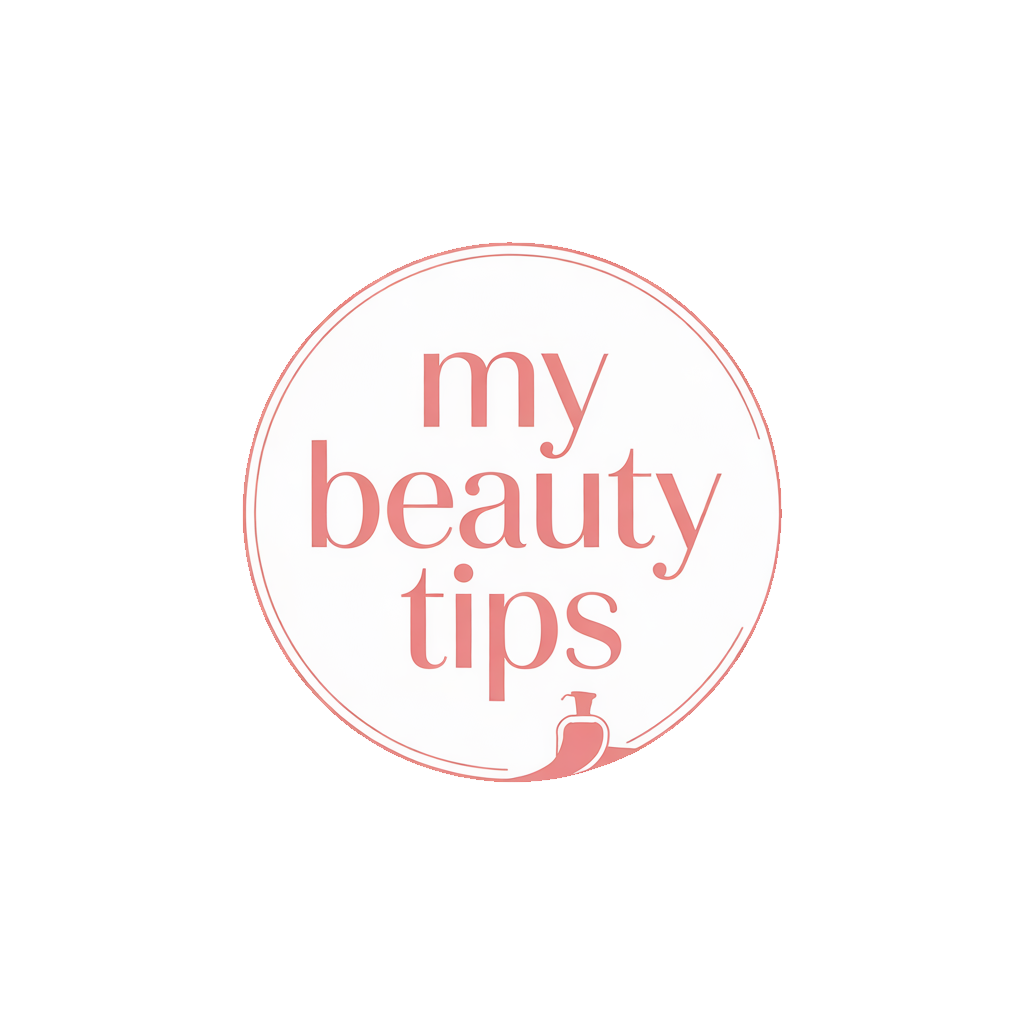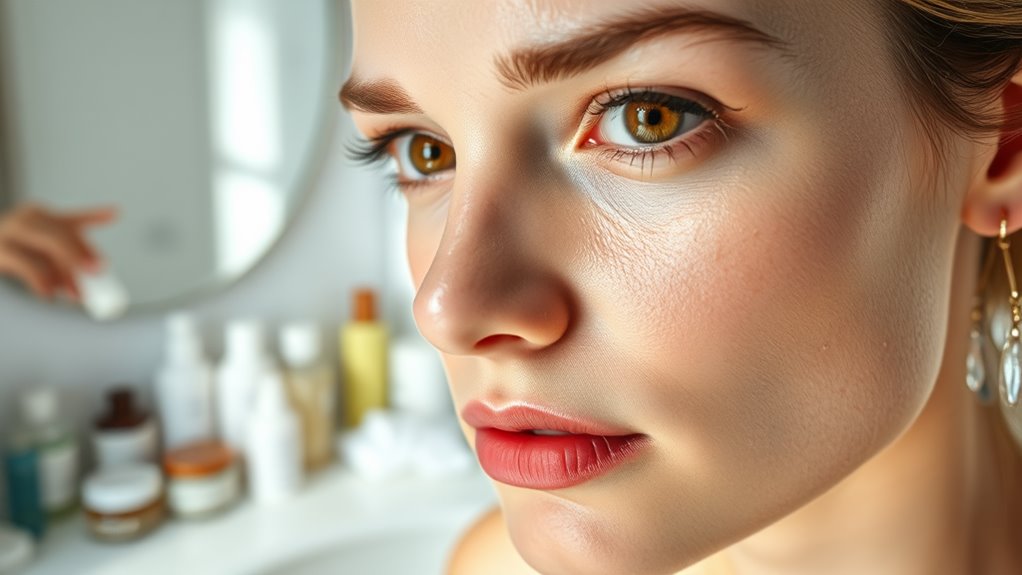This One Skincare Mistake Could Be Clogging Your Pores
You’re making a common skincare mistake by using comedogenic products, which trap sebum and dead skin cells in your pores, as research in the Journal of the American Academy of Dermatology confirms. This leads to clogged pores, enlarged appearances, blackheads, and potential barrier damage with increased inflammation. By switching to non-comedogenic alternatives, you’ll protect your skin’s health. Further explore signs, tips, and ingredients for a clearer routine ahead.
The Common Skincare Mistake Leading to Clogged Pores
Have you ever noticed your pores looking clogged despite a diligent routine?
You’re likely making a pore clogging mistake by using comedogenic products, which contain oils and waxes that trap sebum and dead skin cells.
Evidence from dermatological studies, such as those in the Journal of the American Academy of Dermatology, confirms this leads to buildup. Additionally, common skincare mistakes can contribute to exacerbating existing acne issues.
Opt for non-comedogenic alternatives, like those with salicylic acid, to maintain clear pores effectively.
Signs and Symptoms of Pore Clogging
Recognizing the signs of pore clogging helps you address issues early; you’ll often notice enlarged pores, blackheads, or whiteheads as primary indicators. You might also experience bumpy texture, increased oiliness, or redness, as dermatological studies confirm these link to sebum buildup. Early detection aids skin health, per evidence-based research. Here’s a table of key symptoms:
| Sign/Symptom | Evidence-Based Description |
|---|---|
| Enlarged Pores | Result from debris and oil trapping |
| Blackheads | Oxidized sebum in open pores |
| Whiteheads | Sealed follicles with cellular debris |
Incorporating over-the-counter treatments into your skincare routine can also help prevent pore clogging and promote clearer skin.
How This Mistake Damages Your Skin Barrier
How exactly does this skincare mistake—such as using pore-clogging products—damage your skin barrier?
These products disrupt the stratum corneum’s lipid matrix, weakening its protective function and allowing irritants to penetrate deeper. You experience increased transepidermal water loss, inflammation, and microbial imbalance, as studies show clogged pores compromise barrier integrity, heightening sensitivity and accelerating aging processes. This is particularly concerning because certain ingredients in skincare can often be overlooked yet significantly contribute to acne flare-ups.
Practical Tips to Avoid Pore-Clogging Habits
To maintain clear pores, you select non-comedogenic products, as clinical studies confirm they minimize comedone formation.
You cleanse your face daily to remove accumulated debris and bacteria that obstruct pores.
You avoid heavy oils, which research shows can trap sebum and worsen clogging in oily skin types.
Additionally, using gentle cleansing techniques helps prevent irritation that can lead to further pore blockage.
Choose Non-Comedogenic Products
When choosing skincare products, always opt for non-comedogenic options to prevent pore clogging, as these are specifically formulated and tested not to block follicles.
This evidence-based choice reduces acne risk, supported by dermatological research.
- Verify product labels for non-comedogenic certifications from reliable sources like the FDA.
- Select formulations with lightweight, oil-free ingredients, such as hyaluronic acid, proven in clinical trials.
- Patch-test new items to verify they’re pore-friendly, minimizing irritation based on user studies.
Cleanse Face Daily
Daily cleansing of your face removes excess oil, dead skin cells, and environmental pollutants that can clog pores, as confirmed by dermatological research.
You should use a gentle cleanser twice daily to support this process.
Evidence from clinical studies shows it enhances skin barrier function and minimizes pore issues.
Incorporate this habit consistently to promote clearer, healthier skin without over-drying.
Avoid Heavy Oils
Heavy oils in your skincare routine can exacerbate pore clogging by trapping debris and excess sebum, as research from dermatological journals indicates.
To keep your pores clear, here are three evidence-based tips:
- Opt for non-comedogenic products, shown in studies to prevent clogging and reduce breakouts.
- Use water-based moisturizers that minimize sebum trapping, allowing better skin barrier function per clinical data.
- Review ingredient lists and avoid heavy oils like mineral oil, choosing lighter alternatives backed by dermatological evidence.
Essential Ingredients for Unclogging Pores
Essential ingredients form the backbone of any effective pore-unclogging routine, drawing on scientific research to target buildup and promote clearer skin.
You’ll find salicylic acid penetrates pores to dissolve debris, as clinical studies confirm its exfoliating prowess.
Niacinamide reduces inflammation and strengthens barriers, per peer-reviewed trials.
Glycolic acid accelerates cell turnover for unclogged pores, supported by dermatological evidence.
Additionally, incorporating hyaluronic acid can enhance hydration, which is vital for maintaining healthy skin and preventing clogged pores.
Opt for these based on your skin’s needs.
Building a Pore-Friendly Skincare Routine
How can you construct a pore-friendly skincare routine that builds on proven ingredients like salicylic acid?
Start by selecting evidence-based products that promote exfoliation and barrier repair, as clinical studies show salicylic acid reduces pore clogging by dissolving sebum.
- Incorporate salicylic acid cleansers or toners, which penetrate pores to clear debris effectively.
- Add niacinamide serums to strengthen the skin barrier and minimize inflammation.
- Use non-comedogenic moisturizers with ceramides for hydration without blocking pores.





